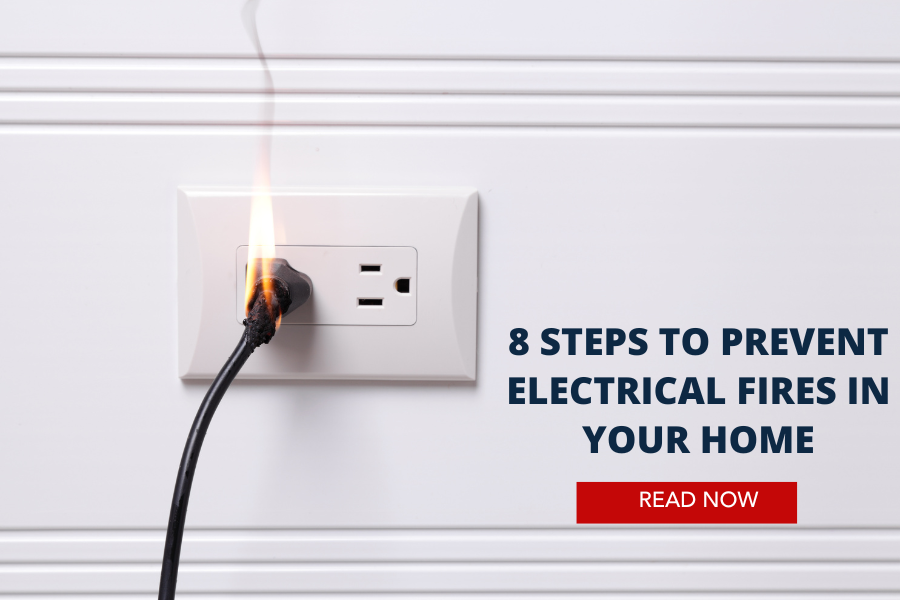When we think about fire safety, most of us imagine candles gone rogue or a pot of pasta forgotten on the stove. But what about the sneaky, silent culprit behind many home fires? Sure, those are fire hazards—but there’s a sneakier villain hiding in your home: electrical fires. They don’t announce themselves with big, dramatic flames until it’s far too late. But with a little savvy, you can zap those risks and keep your home from turning into a fiery inferno.Luckily, preventing them is easier than you think.
1. Don’t Overload Your Outlets
It’s tempting, right? You’ve got a phone to charge, a TV to watch, and about six other gadgets demanding juice. So, you just keep plugging things in until your outlet looks like it’s working a tech support hotline. Well, bad news: your outlets can’t handle all that pressure. Overloading them is like asking your cat to bench press a refrigerator. Sooner or later, they’ll overheat, and BOOM—you’ve got an electrical fire on your hands.
Tip: Spread out your devices across multiple outlets, and avoid daisy-chaining surge protectors.
2. Replace Frayed Wires – They’re Not Vintage
We all love a little vintage aesthetic, but that frayed power cord from your grandma’s lamp isn’t an heirloom—it’s a hazard. Exposed wires are practically begging for trouble, and they’ll start a fire faster than you can say, “Where’s the extinguisher?” Even if you’ve patched them up with some electrical tape (DIY hero!), that’s only a temporary fix.
Tip: Regularly inspect your cords and replace any that are looking a little rough around the edges. And remember: electrical tape is a band-aid, not a cure.
3.Install GFCI Outlets (Your Home’s Built-in Safety Net)
Think of GFCI outlets as your home’s quick reflexes. They jump into action the moment they detect an electrical imbalance—especially when water is involved. This is crucial in areas like bathrooms, kitchens, and outdoor spaces where moisture is common. If electricity and water mix, GFCIs automatically cut off the power, preventing dangerous shocks and potential fires.
Tip: If your home doesn’t have GFCI outlets in these key areas, it’s time for an upgrade. Test them monthly to ensure they’re always ready to protect you from unexpected hazards.

